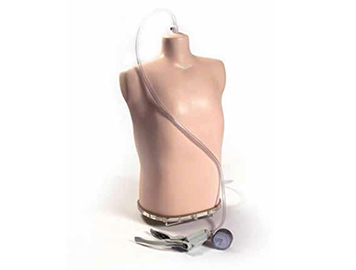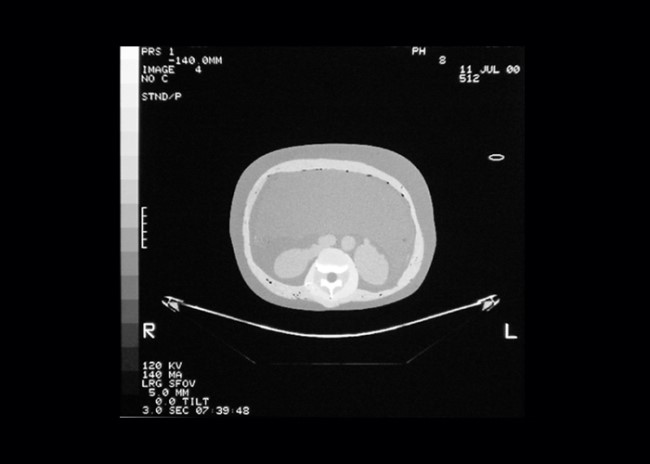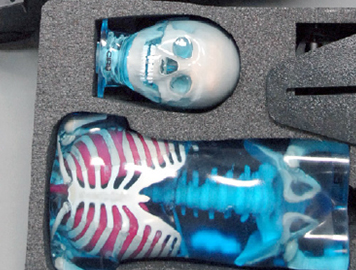Product
다올팬텀 제품을 소개합니다.
Anthropomorphic Phantom
| 제목 | 3 Dimensional Torso Phantom |
 CIRS 의인화 몸통 팬텀은 의료 영상 애플리케이션을위한 평균 남성 몸통의 정확한 시뮬레이션을 제공하도록 설계되었습니다 각 팬텀 이동식 기관이 포함되어 있습니다. 포함 된 장기는 폐, 심장, 간, 췌장, 신장, 비장 The CIRS Anthropomorphic Torso Phantom is designed to provide an accurate simulation of an average male torso for medical imaging applications. The removable organs enable flexibility in the placement of TLD’s, contrast agents, etc. The epoxy materials used to fabricate the phantom provide optimal tissue simulation in the 40 keV to 20 MeV energy range. The phantom simulates the physical density and linear attenuation of actual tissue to within 2 percent in the diagnostic energy range. Each phantom contains removable organs. Included organs are lungs, heart, liver, pancreas, kidney, and spleen. The lower portion of the phantom contains a removable soft bolus material simulating a mix of 50 percent adipose and 50 percent muscle tissue. This insert is used to maintain the position of the organs when the phantom is placed upright. For ease of removal, the bolus is enveloped in a screen-bag. Simulated muscle material layers the rib cage and vertebral column. The exterior envelope simulates a mix of 30 percent adipose and 70 percent muscle tissue. The phantom is sealed at the bottom by an acrylic plate. Water or blood mimicking fluid can be used to fill all the interstitial voids.   |
|
| 카테고리 | 인체모형 |
| 문의하기 |





